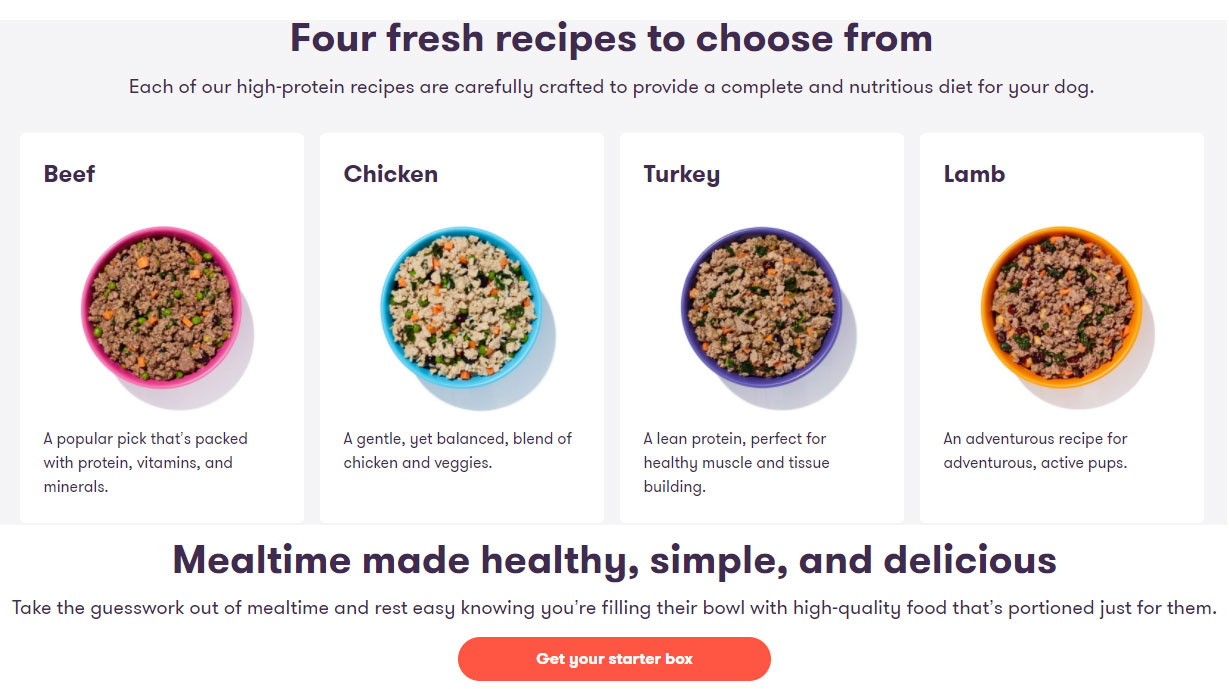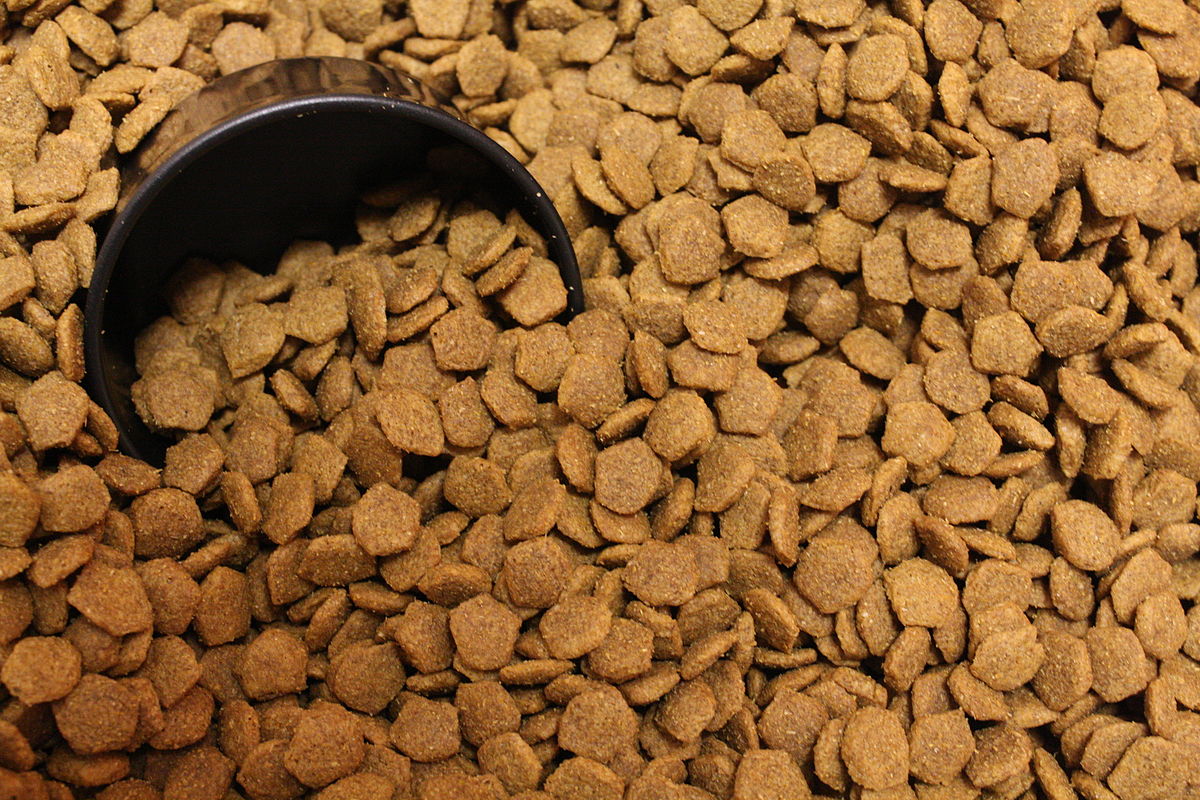Recommended dog food
Food is very important for the health of dogs. But among the large choice of kibbles, how to choose a quality food? Should I choose kibble with or without cereals? What should I look for to evaluate the quality of a food?
Kibbles are the most common food given to dogs in recent years. They allow you to quickly prepare your pet's meal and provide it with a balanced diet, provided that the kibble is of good quality.
The composition of the kibble and the analytical constituents are important sources of information to evaluate the quality of a food.
How to decipher the composition of dog food?
Meat and/or fish
Ingredients are classified according to their quantity in the food: the first ingredient is the one that is present in the greatest quantity.
Kibbles should be rich in meat and/or fish: they should be the first ingredient. If the first ingredient is cereals for example, then the quantity of meat and/or fish will be insufficient. Also prefer meat and fish rather than by-products, whose name remains vague...
Attention: The ingredients of the food must be of good quality, this obviously represents a cost. It is therefore necessary to avoid cheap food, first prices, for which the raw materials used are of lower quality.
With or without cereals
The presence of cereals in kibbles does not allow to judge their quality: there are quality kibbles without cereals but also kibbles to avoid. The same goes for kibbles containing cereals.
The two reasons to choose a food without cereals :
- The absence of mycotoxins: which can be found, among others, in cereals. - The original diet of the dog: unlike proteins, cereals are not part of the dog's basic diet.
However, these suspicions should be put into perspective:
- With current standards and manufacturer controls, the chances of our dogs being poisoned by mycotoxins are too low to ban cereals from their diet for this reason alone.
- Over time, dogs have developed enzymes that allow them to digest starch, an essential molecule for the manufacture of kibble. However, kibbles without cereals contain other sources of starch (peas, potatoes, etc...) which are not necessarily more digestible for the animal...
In other words: It is advisable to focus on the protein content of the food, the quality of the raw materials, etc... than on the presence or absence of cereals.
Note: the absence of chemical additives is also sought. The organic kibbles more and more present on the market guarantee the organic quality of the ingredients and the absence of chemical additives.
Proteins
Proteins are a source of energy but also of amino acids. Some of them are essential, i.e. they must be provided by the diet. Proteins must be provided mainly by ingredients of animal origin such as meat and fish.
Kibbles for adult dogs should contain a minimum of 25% protein. For foods richer in protein, don't worry, this will not be a problem for healthy animals. How do I know if the raw materials used in the kibble are of good quality? The ash (mineral) content of the food should be less than 12%.
How do you know if the food covers your dog's protein needs? It is possible to calculate its CPR (Protein-Calorie Ratio). Thanks to this calculation, your veterinarian will be able to tell you if the food you have chosen has a CPR adapted to your dog's needs or not.
Carbohydrates
As mentioned above, dogs are able to digest starch, which is also a source of energy.
Calculating the amount of carbohydrate in a food is simple:
ENA (Extractive Non-Nitrogenous) in % = 100 - fat/fat - protein - cellulose/crude fiber - ash - moisture
A food is considered "low carb", i.e. it contains a low level of carbohydrates, when the NTE is less than 30%. Kibbles rich in meat and/or fish will have a high protein content and a low carbohydrate content.
How do I know if the kibble I have chosen is suitable for my dog?
The composition and the analytical constituents give an indication of the quality of the food. However, there is a lack of information to fully evaluate the quality: the digestibility of the ingredients, the content of essential fatty acids, etc... Even if it is of good quality, a food will not necessarily be suitable for all animals. Here are several elements to evaluate if the food you have chosen is suitable for your dog:
- Taste and appetite: first of all, your dog must like the kibble and eat it willingly.
- Good digestion: if your dog digests his kibble well, he will have 1 to 2 bowel movements per day and they will be well molded. Be careful because unsuitable kibbles can cause digestive problems (soft and smelly stools for example).
- The animal's coat: here again, this is a good indicator. An unsuitable food can lead to a significant loss of hair, a dull coat, etc... On the contrary, if your dog is fed with a quality food that suits him, then his coat will be shiny and the loss of hair limited.
- Weight of the dog : with an adapted food and a good rationing, your dog should not put on weight and present a good development of its muscles.
Good to know: To control the quality of the ingredients in your dog's diet, it is possible to prepare a home-made diet. However, you'll need the help of your veterinarian to prepare a home ration that covers all your dog's needs.


